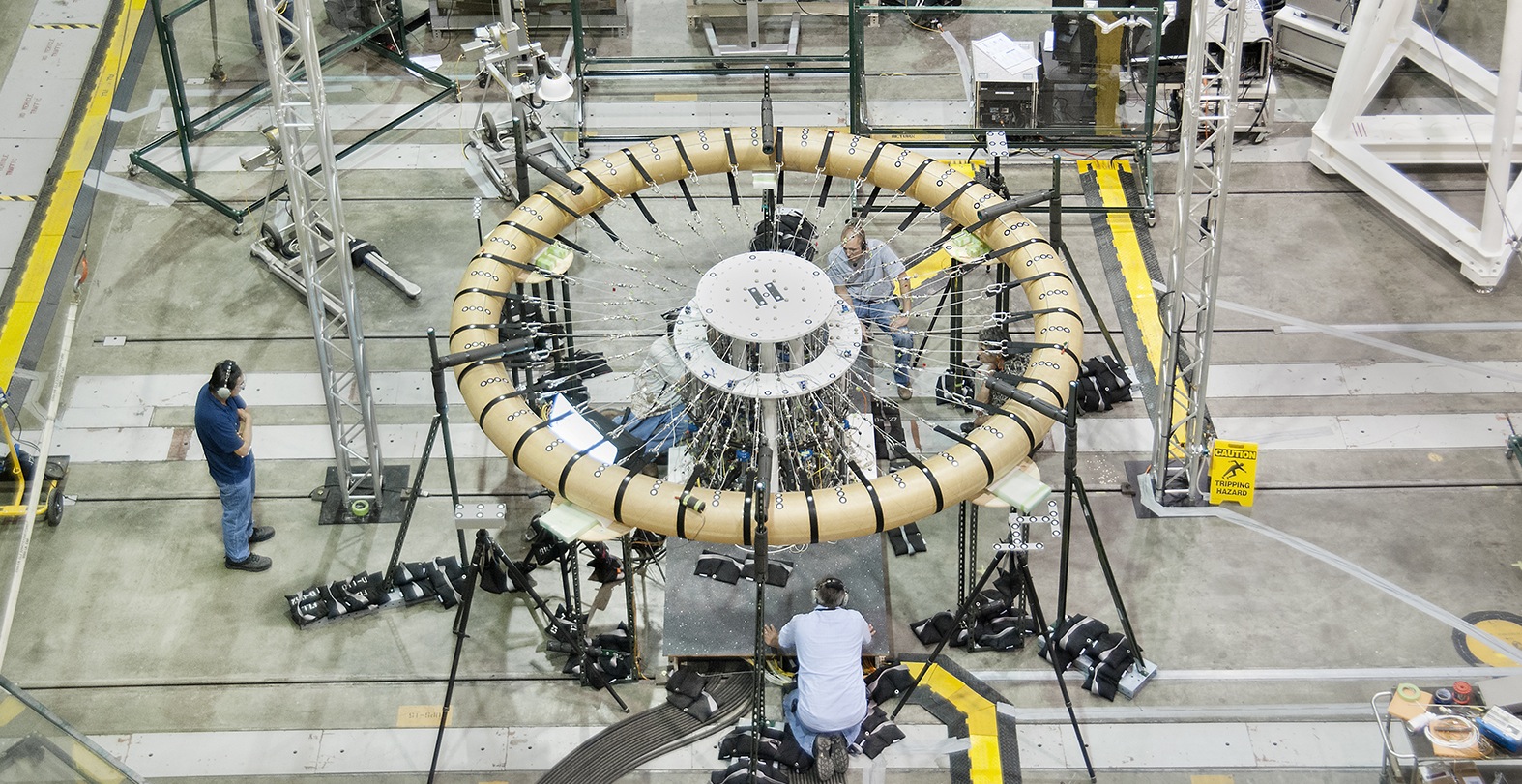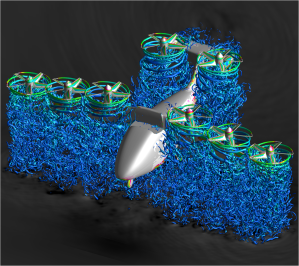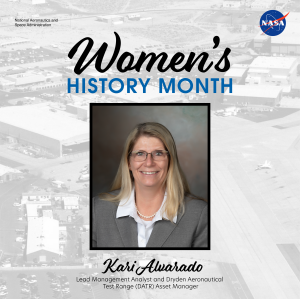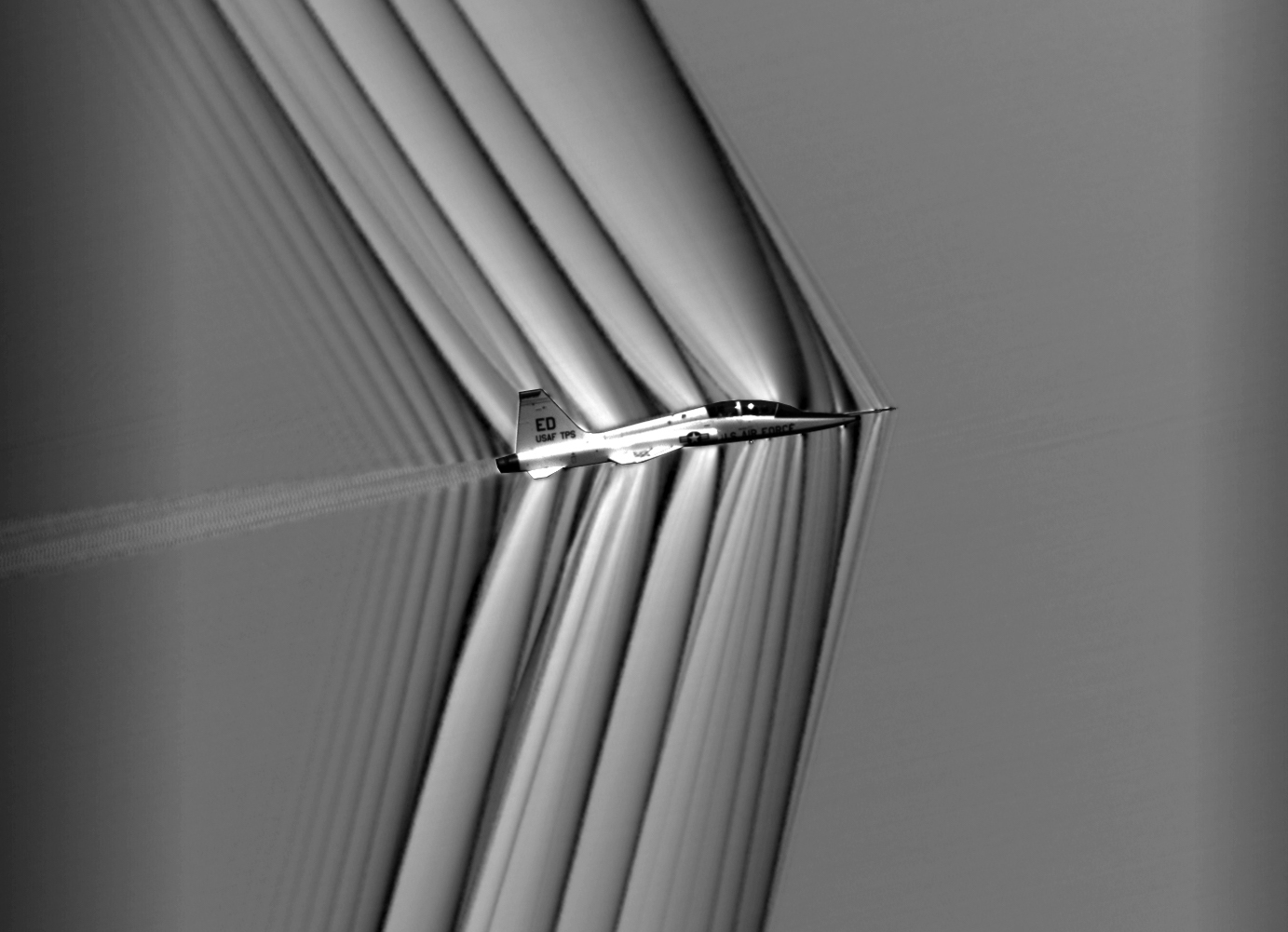Technology developed at NASA’s Armstrong Flight Research Center in Edwards, California, will fly on the Low-Earth Orbit Flight Test of an Inflatable Decelerator, or LOFTID, mission. It will provide temperature data on how the inside of the inflatable structure heats that will help improve designs for future missions.
The LOFTID demonstration – a partnership between NASA and United Launch Alliance (ULA) – will test Hypersonic Inflatable Aerodynamic Decelerator, or HIAD, technology, which uses an inflatable structure to slow down and protect payloads entering an atmosphere. Inflatable heat shields could enable heavy payloads to re-enter Earth’s atmosphere and could also land heavy payloads on Mars – like those required for crewed missions – meeting the landing challenges of thin atmosphere and low gravity.
The configuration of the HIAD used in LOFTID consists of a stack of the inflatable concentric rings that are strapped together to form a strong blunt cone-shaped structure and acts like a giant brake. The LOFTID mission also will use a suite of sensors to collect data on its flight performance.
NASA Armstrong’s innovation, a space-rated Fiber Optic Sensing System. or FOSS, is among the systems flying on the LOFTID demonstration. FOSS was originally developed began to monitor stress on test aircraft. The technology was transferred for public benefit and some uses could include monitoring structural integrity of bridges, in the automotive industry for frame analysis for improved safety and handling, and in rockets for monitoring temperature and liquid levels in cryogenic tanks.
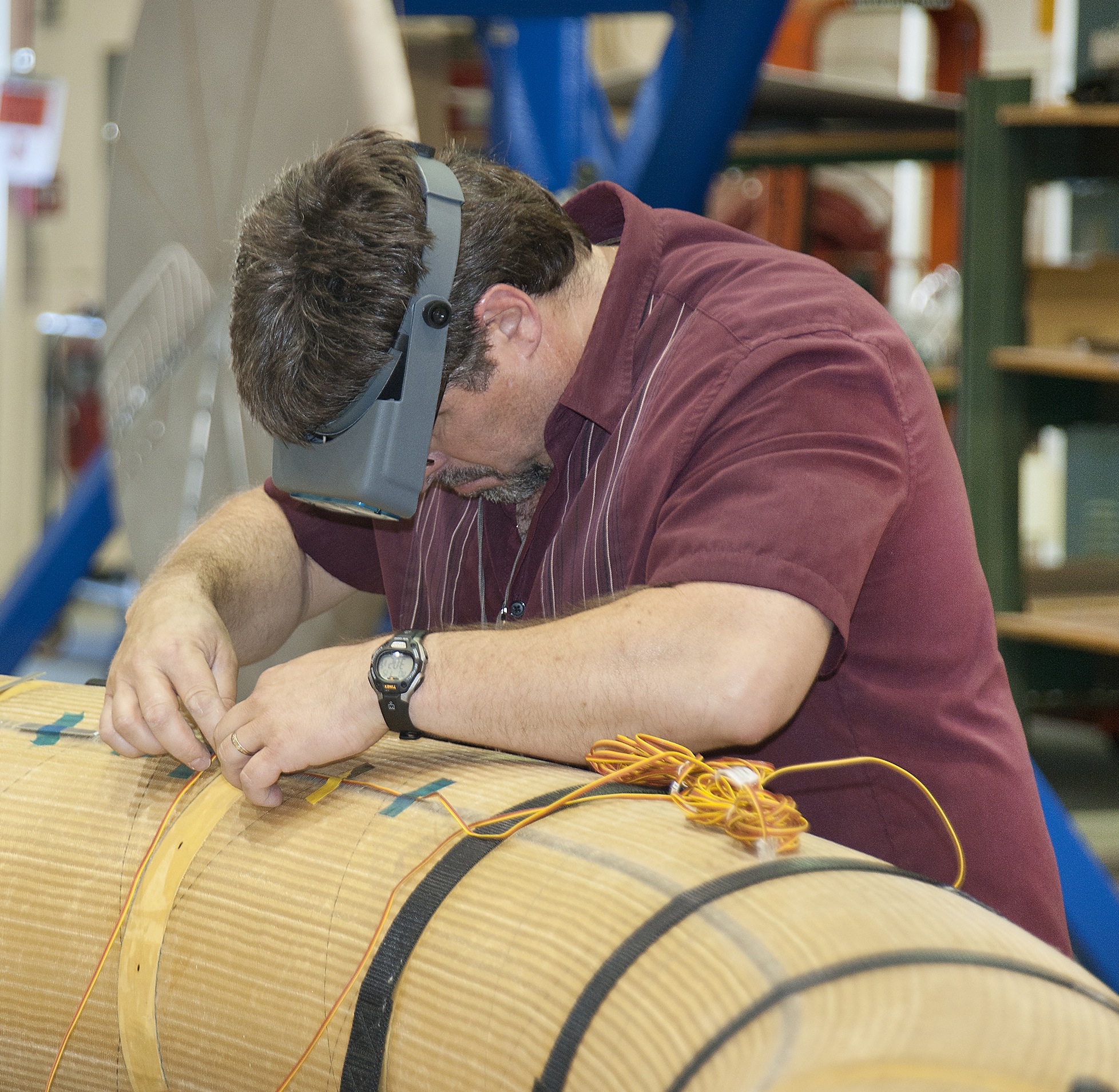
For LOFTID, FOSS monitors temperatures on the back side of the inflatable decelerator, giving engineers a thermal map of how the decelerator heats. That map will help engineers improve future HIAD designs and represents the first use of FOSS technology in space.
In addition to FOSS, another NASA Armstrong innovation aided in the development of the inflatable heat shield technology. Before NASA Armstrong began working on HIAD, center researchers worked on flexible strain gauges developed from elastic material tubes, used frequently in the medical field. Those strain gauges stretched across the inflatable heat shield elements, and in combination with FOSS, provided data conventional strain gauges could not during a series of tests in 2013 in the NASA Armstrong Flight Loads Laboratory.
During that testing, straps attached to the top and bottom of the inflatable heat shield elements had mechanical actuators apply loads which pulled or twisted inward to simulate strain the heat shield may experience during re-entry. That differs from the space-rated FOSS system on LOFTID that is measuring how the structure heats.
Anthony Calomino, who currently leads NASA’s space nuclear technology portfolio, worked closely with NASA Armstrong during the 2013 tests when he was the HIAD ground technology development technical lead at NASA’s Langley Research Center in Hampton, Virginia.
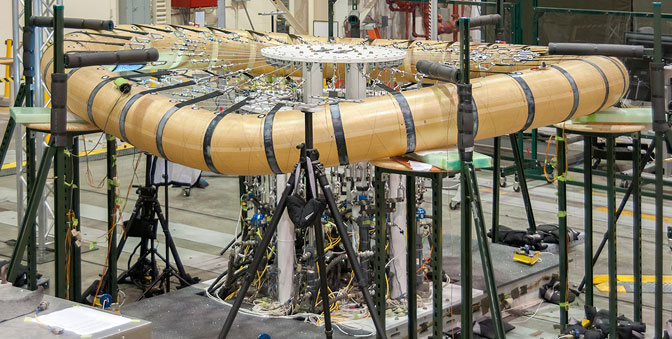
“The testing at NASA Armstrong helped validate structural models for future decelerator configurations and validate instrumentation approaches that could be used in flight,” Calomino said.
LOFTID is scheduled to launch with the National Oceanic and Atmospheric Administration’s Joint Polar Satellite System-2, or JPSS-2, mission from Vandenberg Space Force Base in California on Nov. 10. Shortly after launch, LOFTID will deploy from its host ULA Atlas V rocket and complete its demonstration through the extreme temperatures of atmospheric re-entry.
The LOFTID project is managed and funded through NASA’s Technology Demonstration Missions program, part of the agency’s Space Technology Mission Directorate. The project is led by NASA Langley, in partnership with ULA and with contributions from NASA’s Ames Research Center in California’s Silicon Valley, NASA’s Marshall Space Flight Center in Huntsville, Alabama, and NASA Armstrong. NASA’s Launch Services Program, based at the agency’s Kennedy Space Center in Florida, is responsible for managing the launch service.
NASA and ULA dedicated the technology demonstration to the late Bernard Kutter. As ULA’s manager for advanced programs, Kutter was instrumental in developing the plan to test the system on an Atlas V rocket.






























